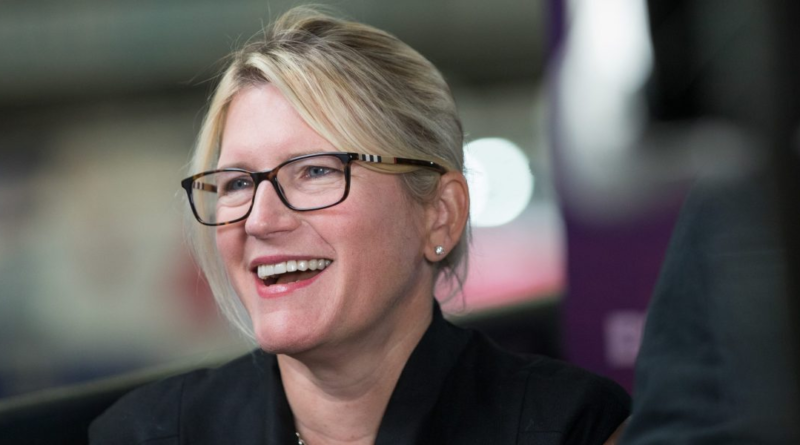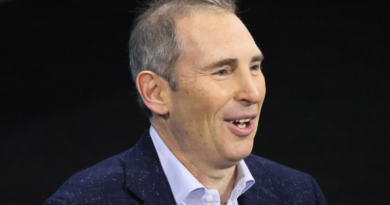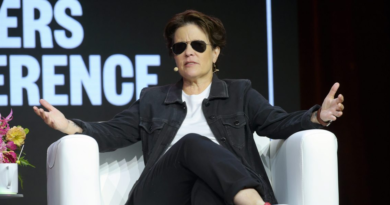Burned out and underappreciated, women’s career advancement had stalled long before the anti-DEI backlash
While many business leaders are celebrating the fact that women CEOs now run more than 10% of the Fortune 500 and JetBlue made headlines this year for appointing Joanna Geraghty as the first female CEO of a major U.S. airline, I’m sitting here with many other women leaders asking, “That’s it?!”
Certainly, any progress is good, but at this rate of change, we won’t see an equal number of men and women in CEO seats until the next century. Instead of patting ourselves on the back over paltry progress, we should be asking why, after all this time, are women leaders, and especially CEOs, still like shark attacks—extremely rare but widely covered by the media, skewing our perception so that it feels much more common?
It’s not because women can’t break through the glass ceiling. It’s because they can’t get off the floor to start with.
Lack of opportunity is driving women away
Despite all the talk about gender equity and diversity, the reality is most companies just haven’t made it a priority–and the problem starts early on. Women are often excluded from the pool of high-potential talent at the beginning of their careers, which means they don’t get the skills development, leadership investment, and mentorship they need to advance—and that their male counterparts take for granted. And this mentorship gap only widens as women progress in their careers. At the senior level, only 27% of women have had a formal mentor, compared to 38% of men. As a result, women are 1.5X more likely to leave a company in order to advance their careers because they simply aren’t getting the career development and leadership training they want and deserve.
That’s a huge problem for their organizations, creating a significant competitive disadvantage. According to DDI’s 2023 Diversity, Equity, and Inclusion report, companies with a higher percentage of women leaders consistently outperform their peers, with the top 10% in financial performance having a leadership bench that’s at least 23% women. But even that’s still fewer than one-fourth of companies. Imagine the impact if we could get to parity!
The vicious cycle of investment without intention
Several years ago, I met a young woman who worked for one of the Big Four consulting firms on a flight to China. She had been identified as having high-potential talent by the company and was heading to meet with other high-potential talent in the region. When I asked her if she knew the gender composition of the group she was meeting with, her answer left me quite pleasantly surprised—the split was exactly 50/50. This level of diversity in high-potential talent pools is rare: even in top-performing organizations, women make up only 23% of high-potential pools on average.
Clearly, this was an intentional choice her organization had made regarding its future talent and leadership pipeline. And it’s one that must be made very early in women’s careers to prevent them from seeking other opportunities. Intentional investment means formalizing career-pathing, leadership development, and mentorship for women. Crucially, senior leaders need to stop making assumptions about women’s lack of interest in advancement, their ability to devote the proper time to their role given any caretaker responsibilities, or the emotional tolerance of the women in their organizations.
The alternative—hiring externally to meet DEI goals—is an ineffective solution. If companies don’t have the culture and programs in place to advance women, the newly hired women will soon leave, just as so many women are planning to do now to advance. It’s a vicious cycle. Why allow such promising talent, who already represent a major investment from your company, to walk out the door?
Overcoming the burnout behind the glass cliff
Even once they’re on the leadership track, if women receive less ongoing support for the transition, organizations risk setting them up for the glass cliff. The average tenure of women CEOs at Fortune 500 companies is significantly shorter than men, and that’s largely because women are thrust into leadership roles at times when the odds are stacked against them. They’re positioned as “fixers” and often left with the impossible job of turning around a company in the throes of financial failure or an organizational crisis. What good is promoting women if they walk away in a year?
One reason so many women are leaving leadership is because they’re burned out. Over 72% of women leaders under age 35 report feeling “used up” each day. While remote and hybrid work have given women, especially those who are caretakers, much greater work-life balance and control over their schedule, it still poses a risk to their careers. Between proximity bias, the “Zoom Ceiling,” and anxiety around revealing personal flaws, many women feel limited in their advancement opportunities, fearing any vulnerability will be perceived as weakness.
Countering these trends hinges on managers building trust with their teams through showing empathy, revealing their own vulnerabilities, and creating opportunities to have open, honest, disclosive conversations around overall well-being. Women need to know not only that they can be leaders and human beings, too, but also that they’re part of a culture that prioritizes their personal and professional development and takes the desire for mentorship and work-life balance seriously. After all, “if she can’t see it, she can’t be it,” and women are more likely to self-disqualify from leadership roles, rather than her role as partner or caregiver. Organizations can’t let that happen.
While our progress toward gender equity on the leadership bench is promising, there is certainly much more work to be done. Since 2020, there has been an 18% decrease in the number of leaders who endorse their company’s overall DEI efforts. Organizations can proactively improve by carefully examining their own leadership pipelines and start being more intentional in preparing women and diverse talent for advancement, rather than for their next career move.
Tacy M. Byham, Ph.D., is CEO at DDI.
More must-read commentary published by Fortune:
The opinions expressed in Fortune.com commentary pieces are solely the views of their authors and do not necessarily reflect the opinions and beliefs of Fortune.




